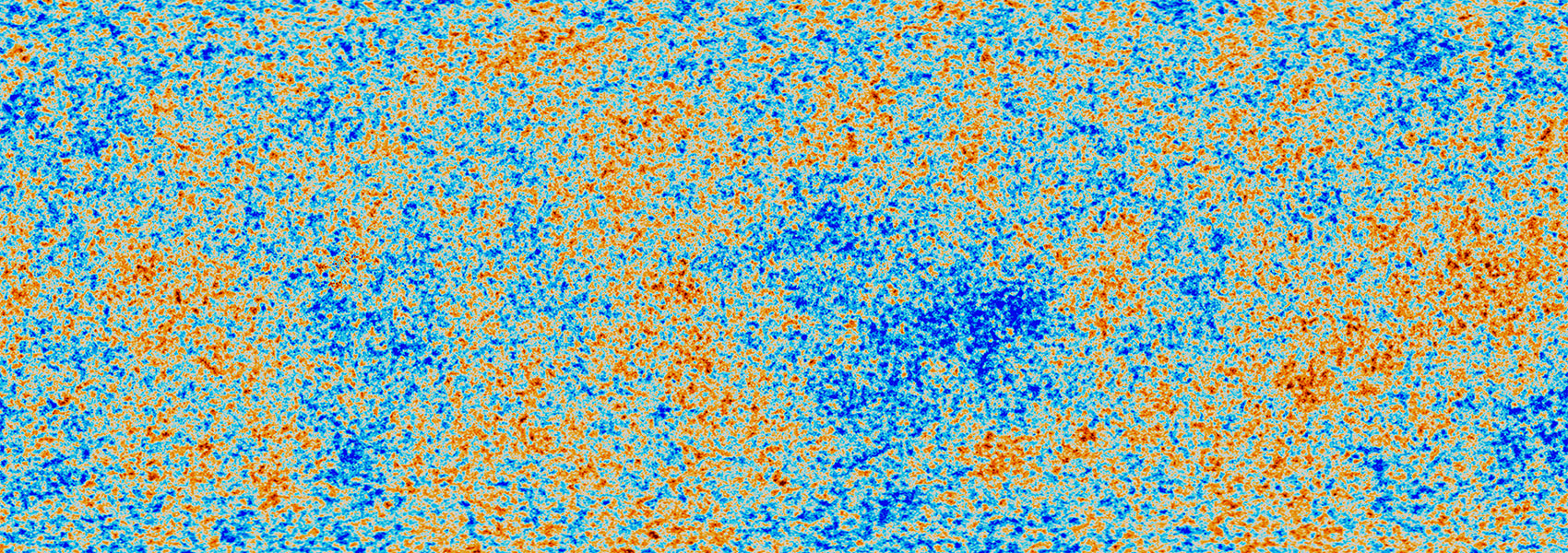February
2025
•
2025ApJ...979..229M
Authors
•
McKinney, Jed
•
Casey, Caitlin M.
•
Long, Arianna S.
•
Cooper, Olivia R.
•
Manning, Sinclaire M.
•
Franco, Maximilien
•
Akins, Hollis
•
Lambrides, Erini
•
Gammon, Elaine
•
Silva, Camila
•
Gentile, Fabrizio
•
Zavala, Jorge A.
•
Amvrosiadis, Aristeidis
•
Andika, Irham
•
Brinch, Malte
•
Champagne, Jaclyn B.
•
Chartab, Nima
•
Drakos, Nicole E.
•
Faisst, Andreas L.
•
Fujimoto, Seiji
•
Gillman, Steven
•
Gozaliasl, Ghassem
•
Greve, Thomas R.
•
Harish, Santosh
•
Hayward, Christopher C.
•
Hirschmann, Michaela
•
Ilbert, Olivier
•
Kalita, Boris S.
•
Kartaltepe, Jeyhan S.
•
Koekemoer, Anton M.
•
Kokorev, Vasily
•
Liu, Daizhong
•
Magdis, Georgios
•
McCracken, Henry Joy
•
Rhodes, Jason
•
Robertson, Brant E.
•
Talia, Margherita
•
Valentino, Francesco
•
Vijayan, Aswin P.
Abstract
•
JWST has enabled detecting and spatially resolving the heavily dust-attenuated stellar populations of submillimeter galaxies, revealing detail that was previously inaccessible. In this work, we construct a sample of 289 submillimeter galaxies with joint Atacama Large Millimeter/submillimeter Array (ALMA) and JWST constraints in the COSMOS field. Sources are originally selected using the SCUBA-2 instrument and have archival ALMA observations from various programs. Their JWST NIRCam imaging is from COSMOS-Web and PRIMER. We extract multiwavelength photometry in a manner that leverages the unprecedented near-infrared (NIR) spatial resolution of JWST, and we fit the data with spectral energy distribution models to derive photometric redshifts, stellar masses, star formation rates, and optical attenuation. The sample has an average , , , and . There are 81 (30%) galaxies that have no previous optical/NIR detections, including 75% of the z > 4 subsample (n = 28). The faintest observed NIR sources have the highest redshifts and largest AV = 4 ± 1. In a preliminary morphology analysis we find that ∼10% of the members of our sample exhibit spiral arms and 5% host stellar bars, with one candidate bar found at z > 3. Finally, we find that the clustering of JWST sources within 10″ of a submillimeter galaxy is a factor of 2 greater than what is expected based on either random clustering or the distribution of sources around any red galaxy irrespective of a submillimeter detection.
Links




